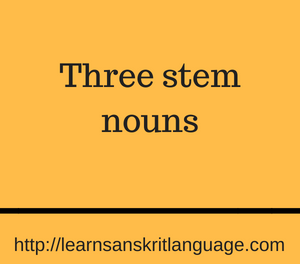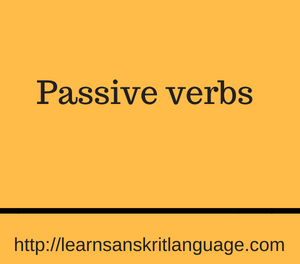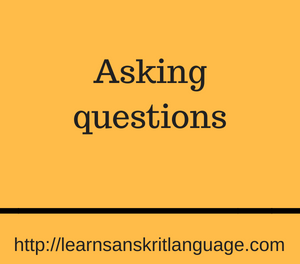She will eat the frozen food.
You could have been killed.
Can you tell us what is common in both the sentences? Yes, you got it right! Both of them have Past Passive Participle in them and that is what we are going to learn in this section, just like English Sanskrit has tenses too. Previously we learned Present tense verbs and now it’s time to go a step ahead. PPP (Past Passive Participle) is almost present in every Sanskrit text and is majorly found in Bhagavad-Gita in every verse.
Past represents the action been done, passive represents that it is done by some subject who is not mentioned. Technically, “PPP is an adjective that describes verb some way or the other.” The interesting part about PPP is that it doesn’t need a verb in the sentences to function; it can be used in verbless sentences too. For instance:
तत् कृतं मया वने ग्रामाय
tat kṛtaṃ mayā vane grāmāya
That was made by me in the forest for the village
(A more natural translation would be “I made that in the forest for the village.”)
अश्वो दृष्टो नगरे
aśvo dṛṣṭo nagare
A horse was seen in the city
1. Although it is a passive tense, it has non-passive meaning conveyed too
अहं वनं गतः
Aham vanam gatah
I went to the forest
2. It can also be used as a noun
बुद्ध
buddha
Awakened, woken up (adjective) → one who has
संस्कृत
saṃskṛta
Perfectly or fully made (adjective) → that which is perfectly or fully made; the Sanskrit language
(Note that this noun is optional)





